The Rummy Kid Goes Home~Ross Santee~1965~First Edition~Illustrations~Very Good Condition~Rare~Free Shipping
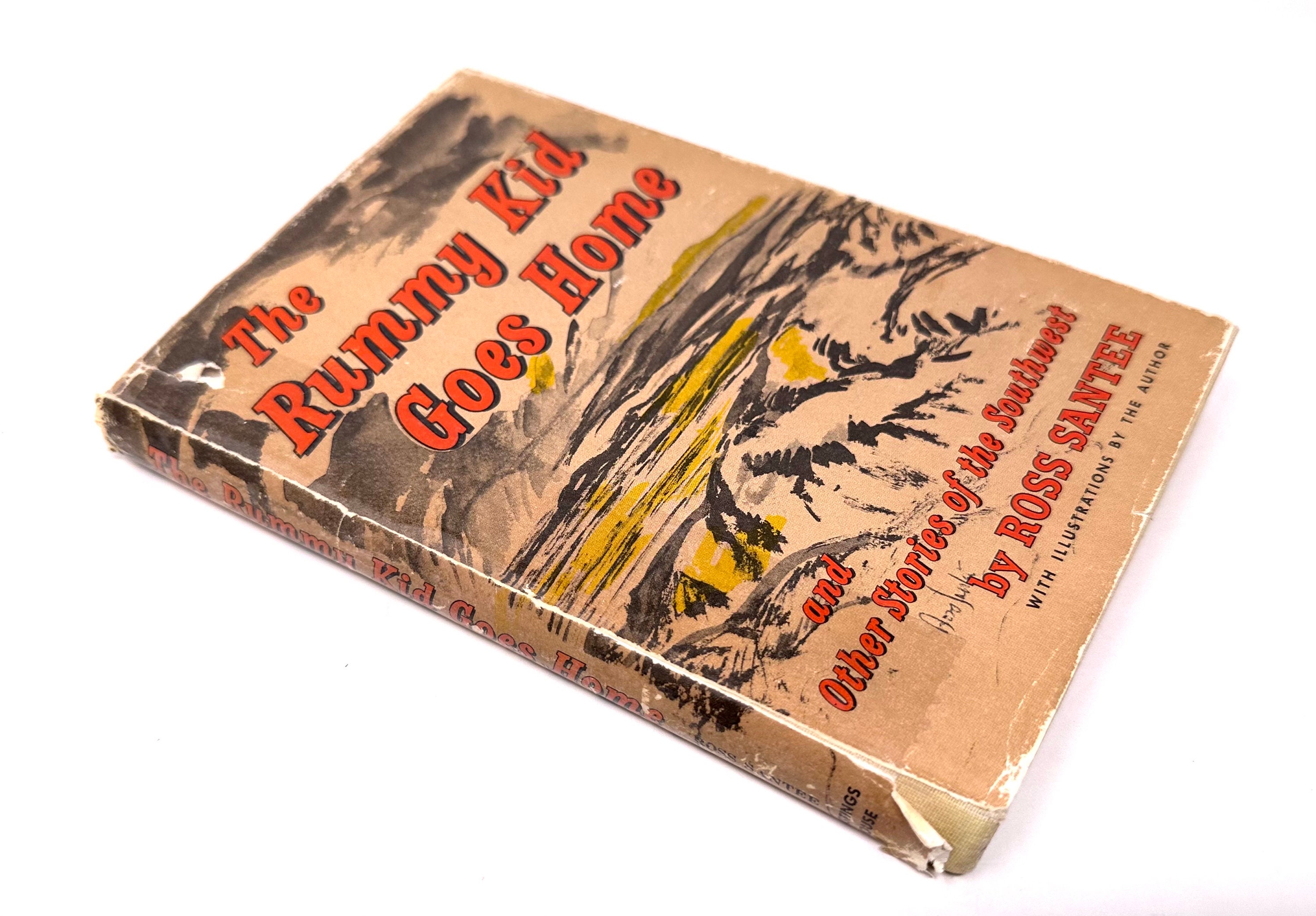
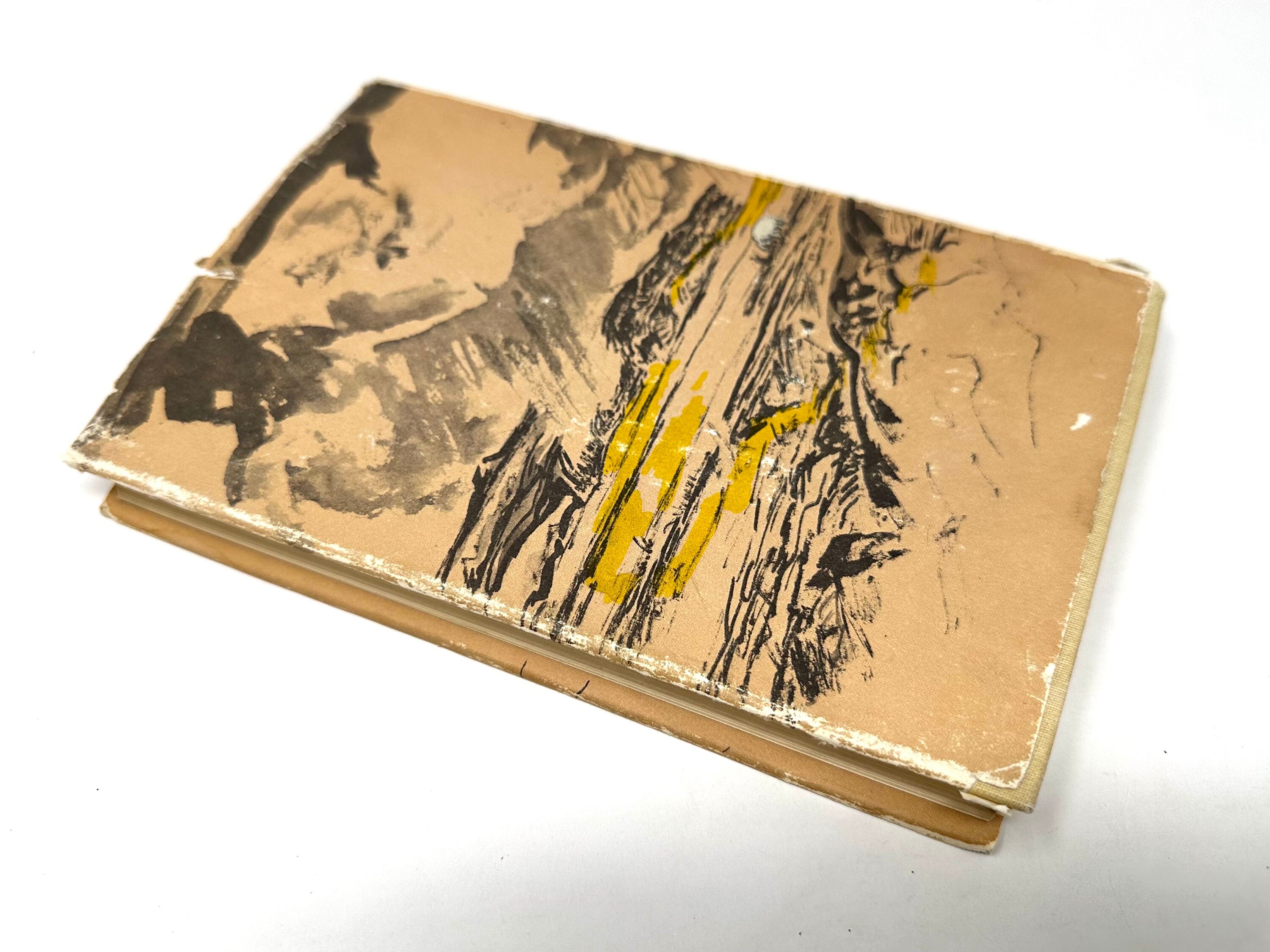

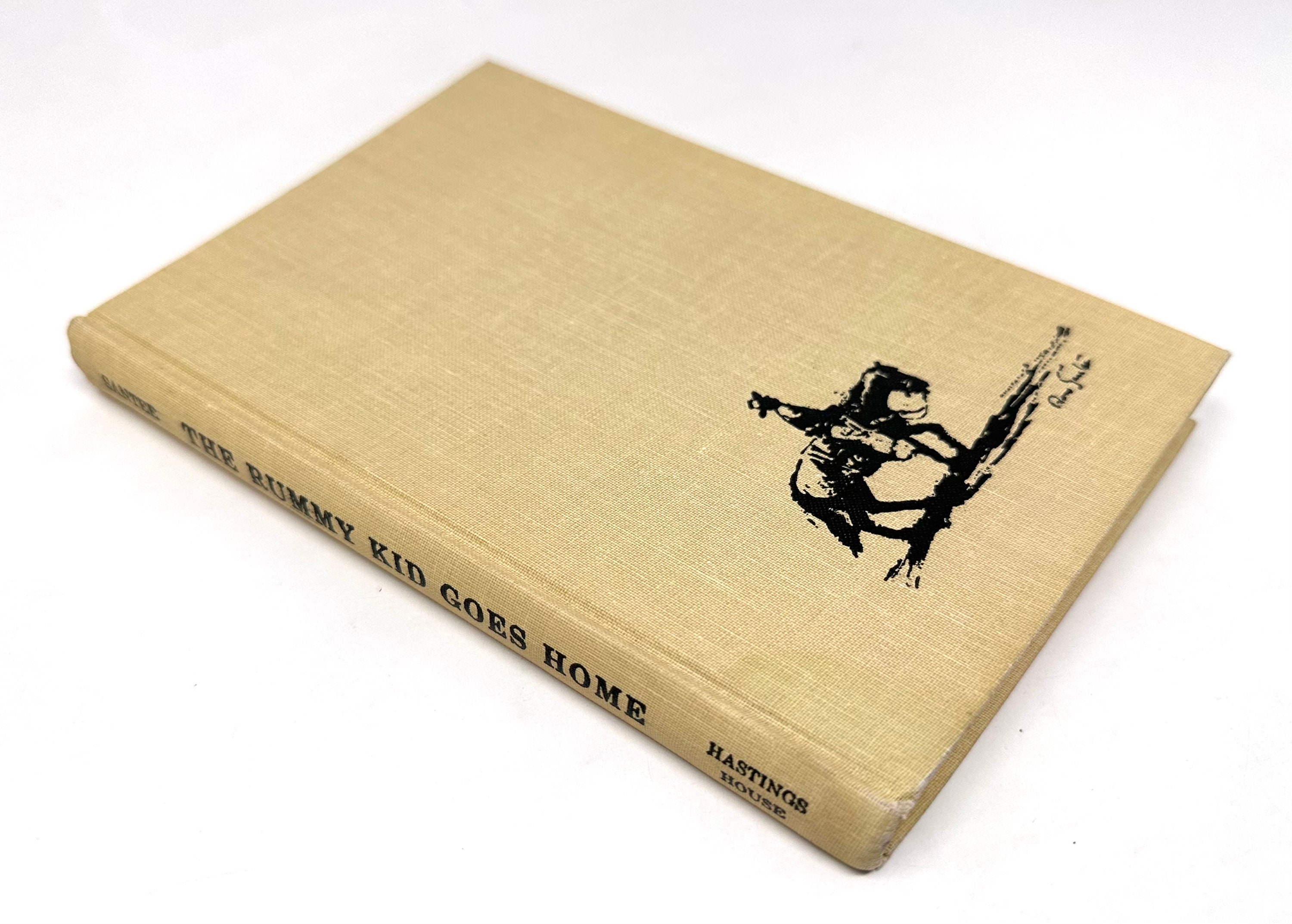
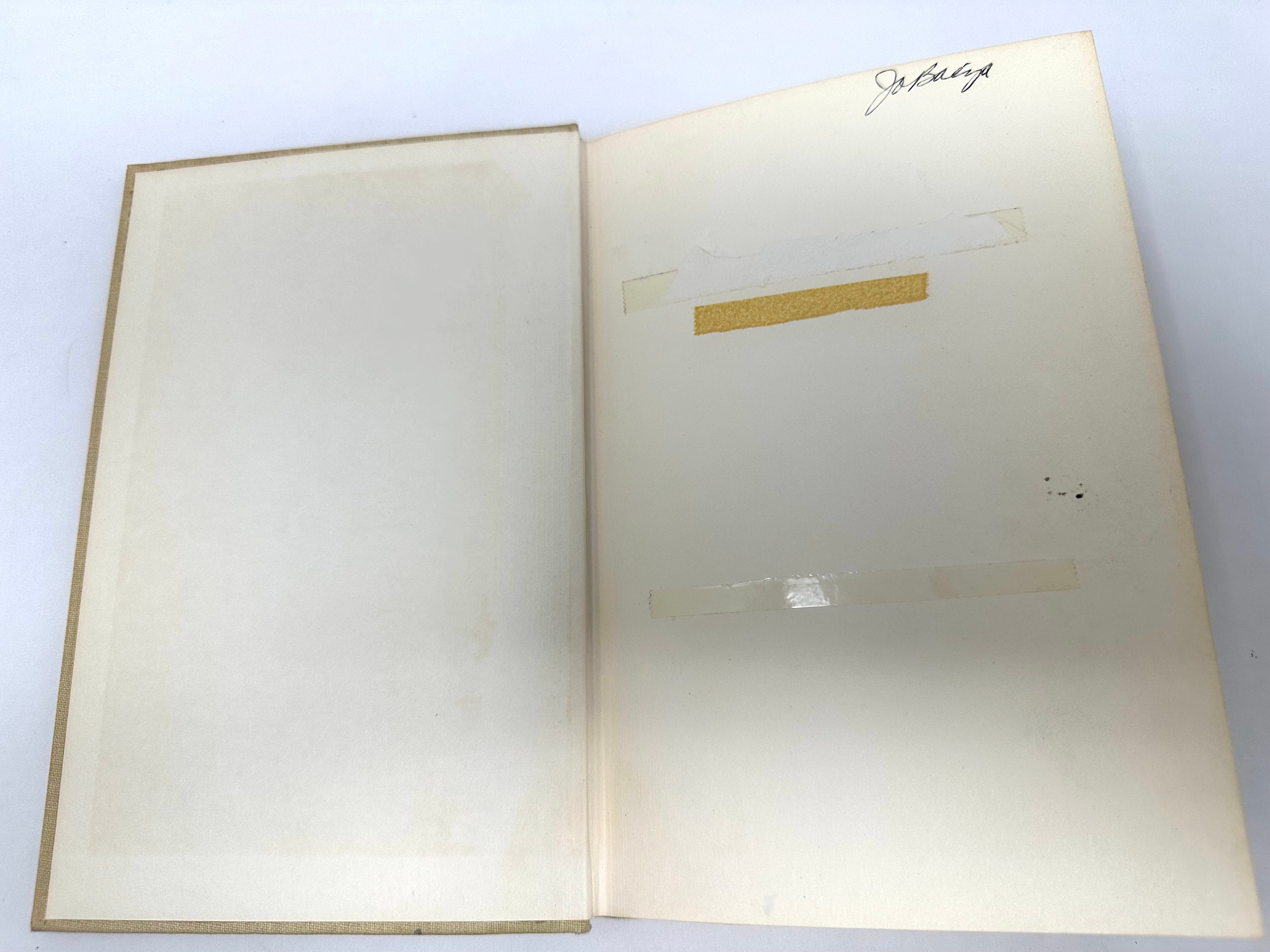
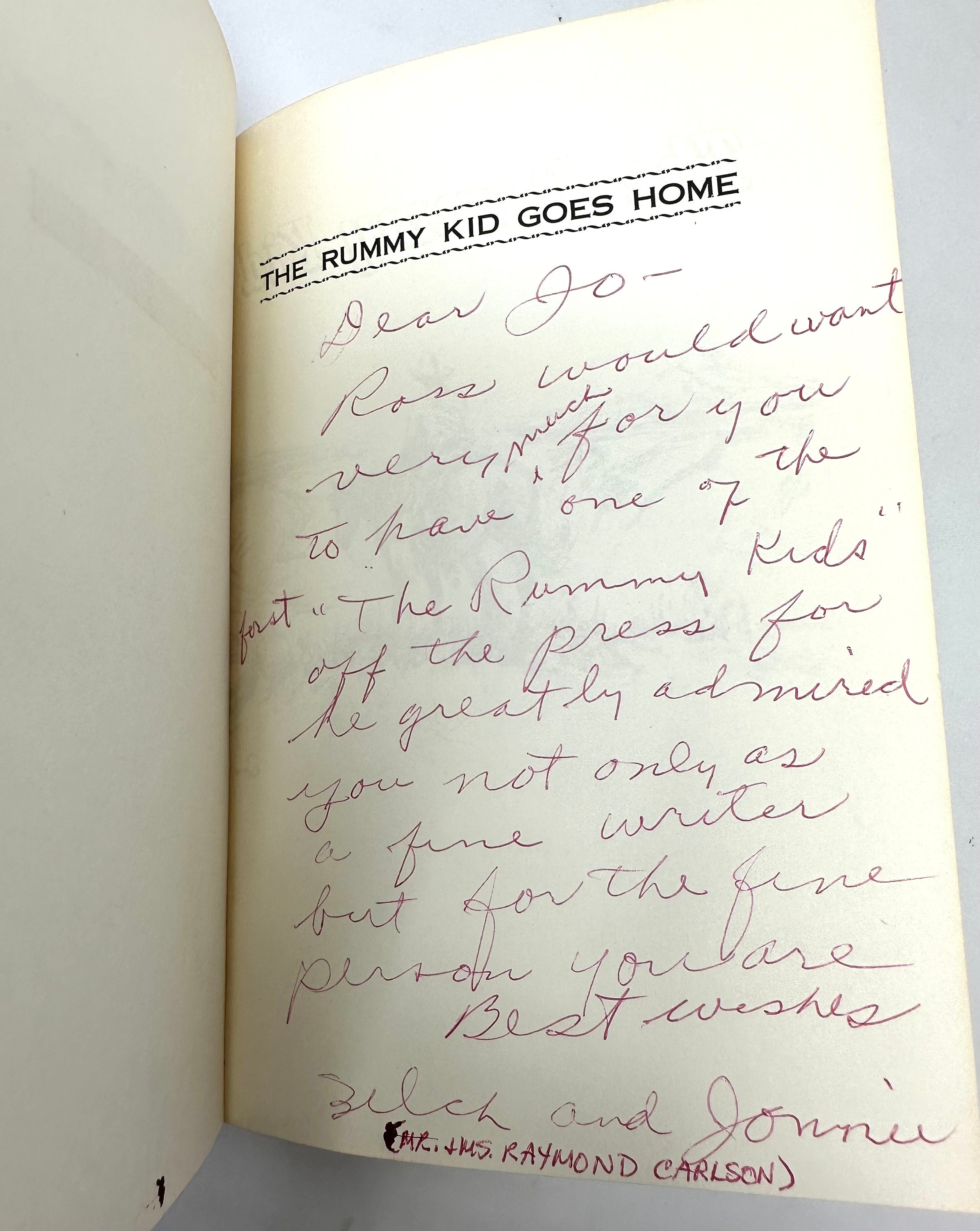
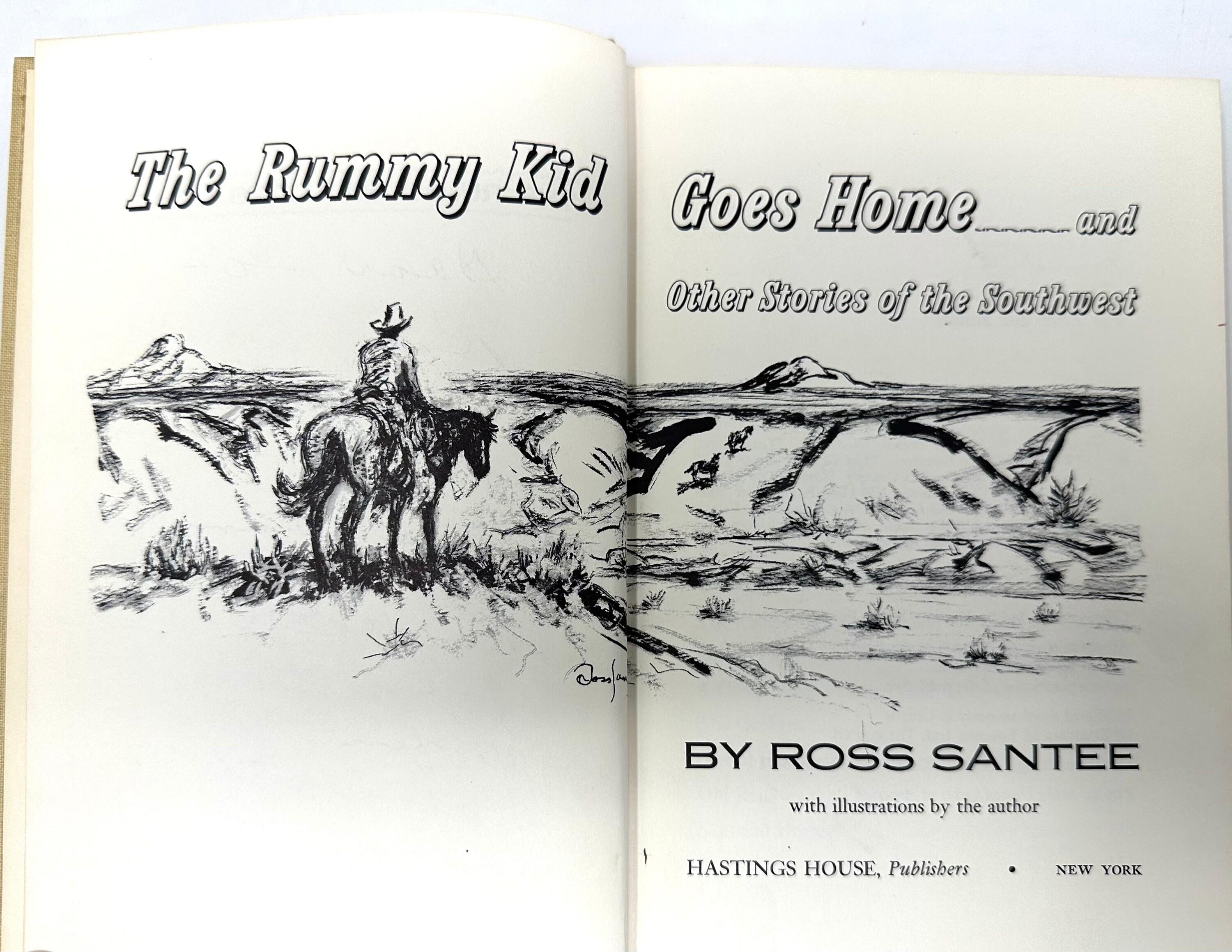
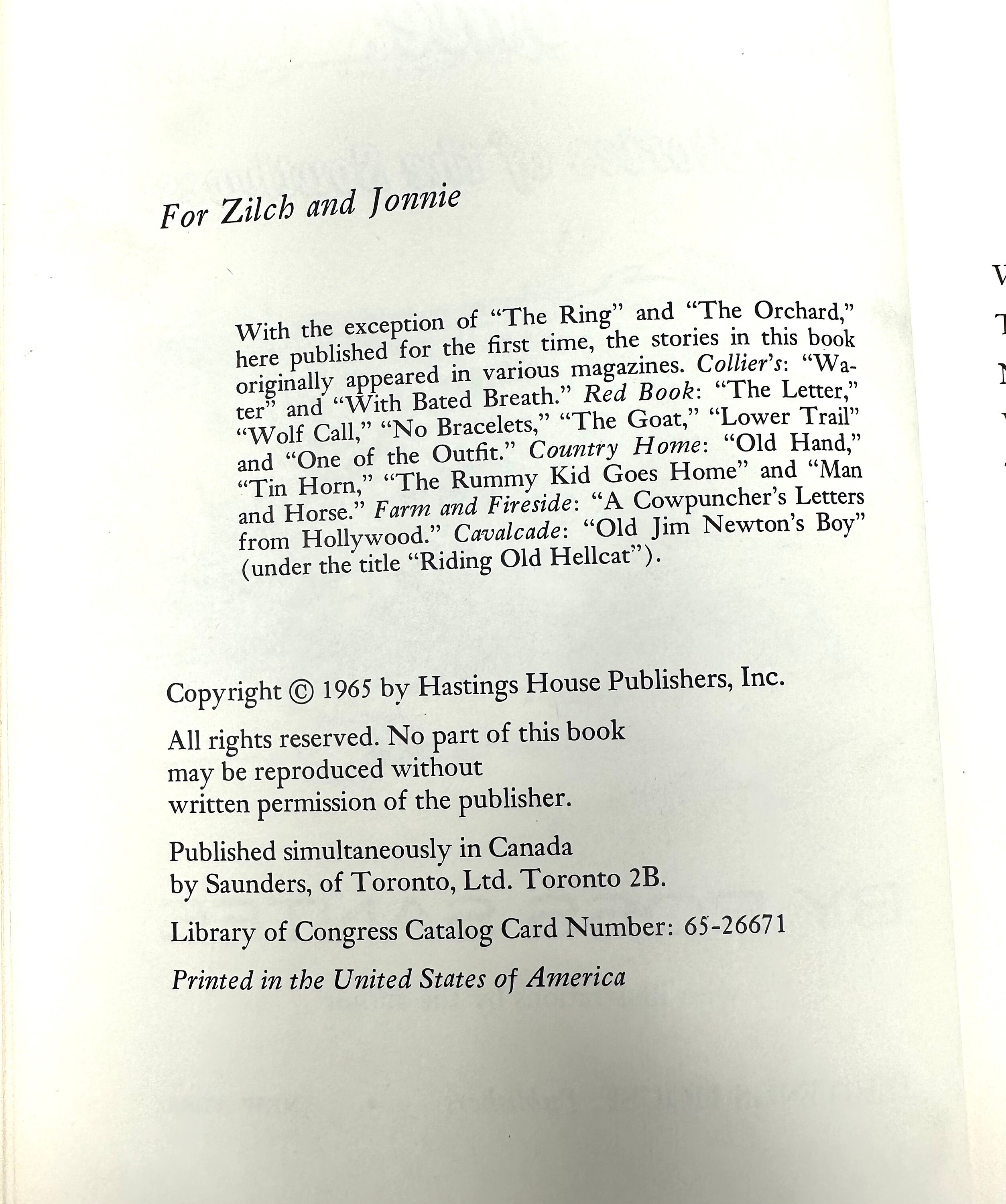

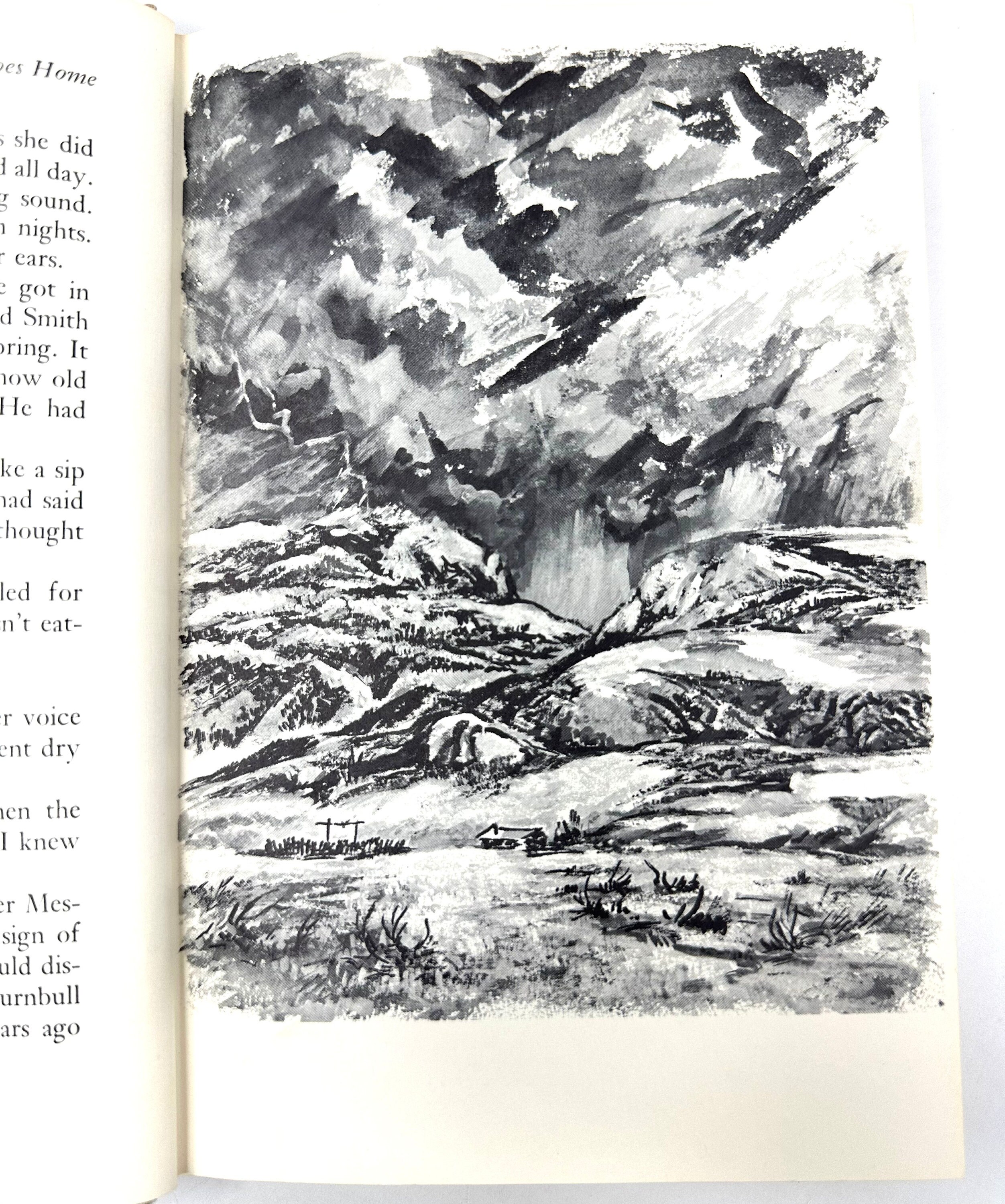
$93.75 $125.00
The Rummy Kid Goes Home~Ross Santee~1965~First Edition~Illustrations~Very Good Condition~Rare~Free Shipping.
This is great first edition book by Ross Santee. The dust cover does have a piece of clear tape along the edge. Some tape marks on inside front cover. Clean pages. Tight binding. There is one signature on the inside front cover. The owner of the book was Jo Baeza. The book was a gift from Zilch and Jonnie. See the gift letter on the next page. The book was dedicated to Zilch and Jonnie. Zilch was Raymond Carlson. He was the editor of Arizona Highways magazine. Jo Baeza was a writer for Arizona Highways. Her first story in Arizona Highways was illustrated by Ross Santee. This book has a unique connection and is very collectible! See below about these writers, editor, and friends.
—— Ross Santee - “Born in Thornburg, Iowa, Santee's boyhood ambition was to become an artist and cartoonist. He studied at the School of the Art Institute of Chicago, but in early manhood found no demand for his work. Unemployed and discouraged, he drifted westward to central Arizona in 1915. The Grand Canyon State had been admitted to the Union only three years earlier, and major cattle spreads were still hiring frontiersmen to serve as cowboys.
The Eastern artist found that he could function as a horse wrangler, and began to put pen to paper to depict his new life. His Western-themed drawings were bought by magazines such as Arizona Highways, and he was given commissions by book publishers. His career as an illustrator moved from failure to commercial success, and he married Eve Farrell in 1926 and established residences in both Arizona and his wife's state of Delaware. He wrote Arizona-themed mass-market stories and novels in line with the themes of the works he illustrated. Critics classify his work as in line with literary realism rather than romanticism.
After becoming a widower in 1963, Santee closed his Delaware home and studio and consolidated his life in Arizona. In his final years he was significantly befriended by fellow illustrator Ted DeGrazia. He died in Globe, Arizona, in 1965.” - From Wikipedia
—— Jo Baeza - Born Joan Johnson, she was a Minnesota native and member of a family that helped settle that territory in the 1800s. She then settled in the Holbrook area after graduating from Stanford University in 1954; before long, she was writing for Arizona Highways. Her first story for the magazine was The Hash Knife Outfit, published in June 1956 under her maiden name. Sketches by Ross Santee accompanied the story, and the opening paragraph typified Baeza's plain-spoken, yet vivid writing style:
There were bigger cattle companies in North America. There was the XIT ranch in the Texas panhandle, and the gigantic Terrazas spread in Chihuahua, Mexico. But big or small, none will be remembered longer than the old Hash Knife outfit of the 1880s and 1890s, whose infamy has been spread in campfire legends throughout the West. It wasn't just the size of the property, nor its value, nor its gun-toting cowboys that earned the outfit its reputation. What distinguished it from all other cattle companies in history was just where and when it flourished. It was a product of the times, and the Hash Knife brand is a symbol of that stormy period in northern Arizona.
—— Raymond Carlson - "In these rather hectic days of stress and strain we are happy to point out that there is one little magazine in the world (ours) which feels that the mere changing of seasons is a wonderful and momentous thing and we are glad that we have the facilities to record that change."
Thus, Editor Raymond Carlson this week introduced his Arizona Highways to the U.S. at large. For the first time, it blossomed out on newsstands across the nation, and dudes could see what its western readers have long known: that Highways is one of the prettiest byways among American monthlies.
In its 36-page October (35¢ a copy) issue, the 30 color plates are of birds, sorghum-growing, and eye-catching photographs of autumn in the Southwest; the articles are on such subjects as Indian fighters and a ghost mining town. When 44-year-old Editor Carlson, a onetime small-town (Miami, Ariz.) newspaperman, began running Highways in 1937, it was a house organ for road builders, its pages a hodgepodge of construction notices and contractors' ads. With his $100,000 yearly appropriation from the state, Carlson kicked out the ads, and turned Highways into a mirror of the beauties of Arizona.
He ran color pictures of Indians, western life, animals, but mostly of scenery. Without promotion or agents (forbidden by state law), Highways gained 200,000 readers, of whom only 14,000 are in Arizona.
The two-man staff—Editor Carlson and Art Director George Avey, a former highways department draftsman—pick pictures just because they like them, and have no qualms about running the same sort of picture again & again. In five years, Carlson figures they have printed some 250 shots of cactus flowers. Says he: "Every once in a while readers say 'no more Indians,' but never have they said 'too many cactus flowers.' " - From Time Magazine 1951
“From our book shelf to yours. Wishing you great reading.” Barbara and Michael
Our home is smoke free!
If you have any questions about this item, please feel free to convo us.
Each book in our collection has been hand selected by Barbara and Michael over many years of hunting for them. We hope you will find a special treasure to read or share.